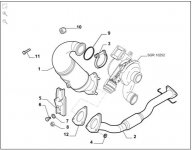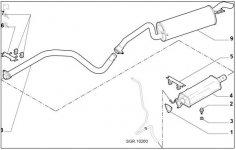yes well i think this is a important topic to all JTD stilo`s as this alone can save money and get better performance. and i came across it buy accident haha.
well i am just about to put the car in the garage start working on fitting a new pipe. i will upload photos as soon as im done. it will just be a bodge job to start and try it out for a few days and if it works then i will do it correct then buy replacing the whole pipe.
well i am just about to put the car in the garage start working on fitting a new pipe. i will upload photos as soon as im done. it will just be a bodge job to start and try it out for a few days and if it works then i will do it correct then buy replacing the whole pipe.



